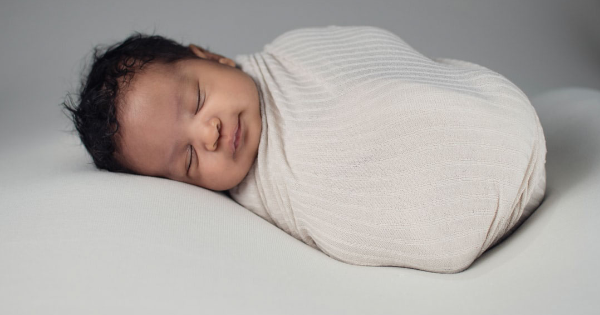There are more than 6,200 hospitals in the United States. The American College of Obstetricians and Gynecologists estimates that 98.4% of patients give birth in hospitals, with an average stay of 48 hours for vaginal births. This makes birthing beds essential features within a hospital’s delivery unit.
A high-quality birthing bed offers comfort and correct positioning for the patient during labor. Besides, the entire childbirth process, including labor, delivery, and postpartum care, can be done on one bed. It minimizes the discomfort associated with transfer to different hospital beds.
Used birthing beds provide affordable alternatives to hospitals and birthing centers. What factors should you keep in mind when buying a used or refurbished birthing bed? Here are five tips to help you choose the right used delivery bed.
1. Manual, Semi-electric, or Full Electric?
Birthing beds are available in three major options; manual, semi-electric, or fully electric versions.
Full electric models utilize electrical power to adjust the height, head, and feet areas to preferred positions. The bed comes with a remote control or a control panel on the side of the bed.
Manual beds use a crank to adjust the height and posture positions to the desired angles. The simplistic design makes the bed the most economical option. Semi-electric birthing beds borrow from the best of both worlds and can be electric or manually powered. You can make some adjustments through the manual hydraulic system.
2. Additional Features
Delivery beds usually have other properties over and above the standard hospital bed. The added attributes improve patient comfort and caregiver convenience, allowing for easier patient handling. A high-quality birthing bed may have additional features such as:
-
- A removable drain pan to collect fluids.
-
- Adjustable leg rests to adjust bodily positions of the patient in labor.
-
- Side rails that support the patient sitting up.
- Directional castors and pushing handles for easier movement across the hospital floor.
Consult the different stakeholders, including nurses and patients on the features they may prefer on the beds before you order them.
3. Ease of Use
The birthing bed you choose should have simple control features that make it easy for patients and caregivers to adjust the bed. The side control panel needs to have clear pictograms on the buttons. The control features make it easier to choose suitable positions during the birth process.
4. Maintenance Support
Most hospitals are finding it hard to manage repairs and preventive maintenance programs using their internal resources. Facility managers now outsource the repair works and services to equipment suppliers who offer ‘support after purchase’ packages. Checkout if your vendor provides preventive maintenance services and repairs for refurbished hospital beds. Routine updates and reconditioning can help increase the life of your high-quality birthing bed.
5. Quality of Construction
Hospital beds are a huge capital expenditure for most medical facilities. It is important to ensure the used birthing bed that you purchase is in pristine condition and is mechanically reliable. Ask to see the service history of the bed. A well-refurbished birthing bed can be as good as new, serving patients many years to come.
Delivery beds are a critical part of any maternity unit. A high-quality birthing bed provides all the necessary adjustments to keep the patient comfortable throughout the birth process. Piedmont Medical can help you source for the best used or refurbished birthing beds for your facility.


Recent Comments